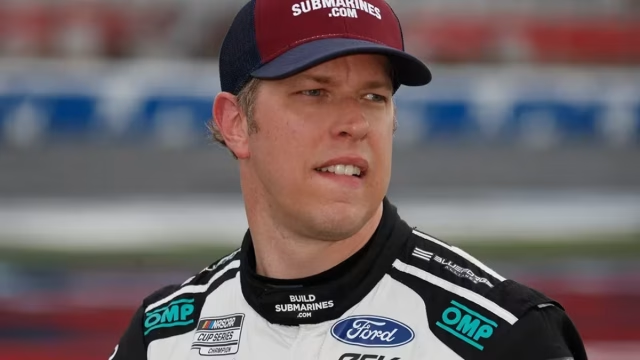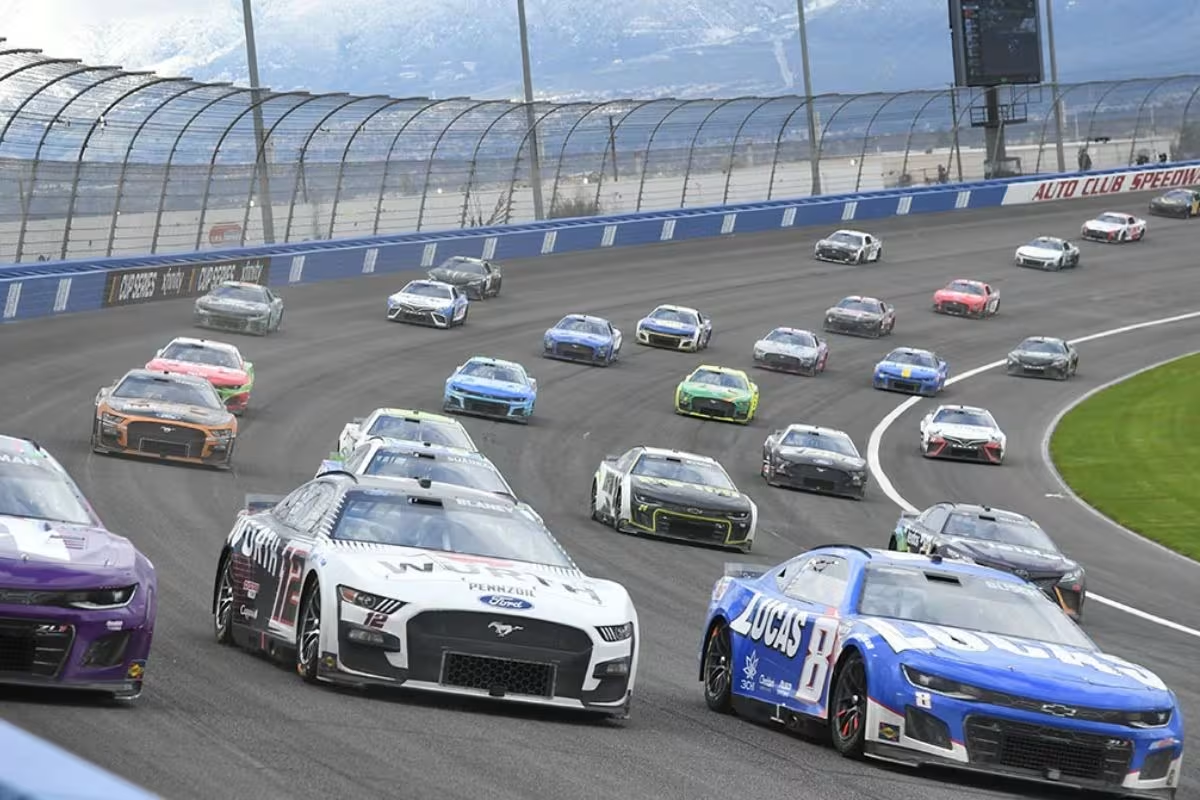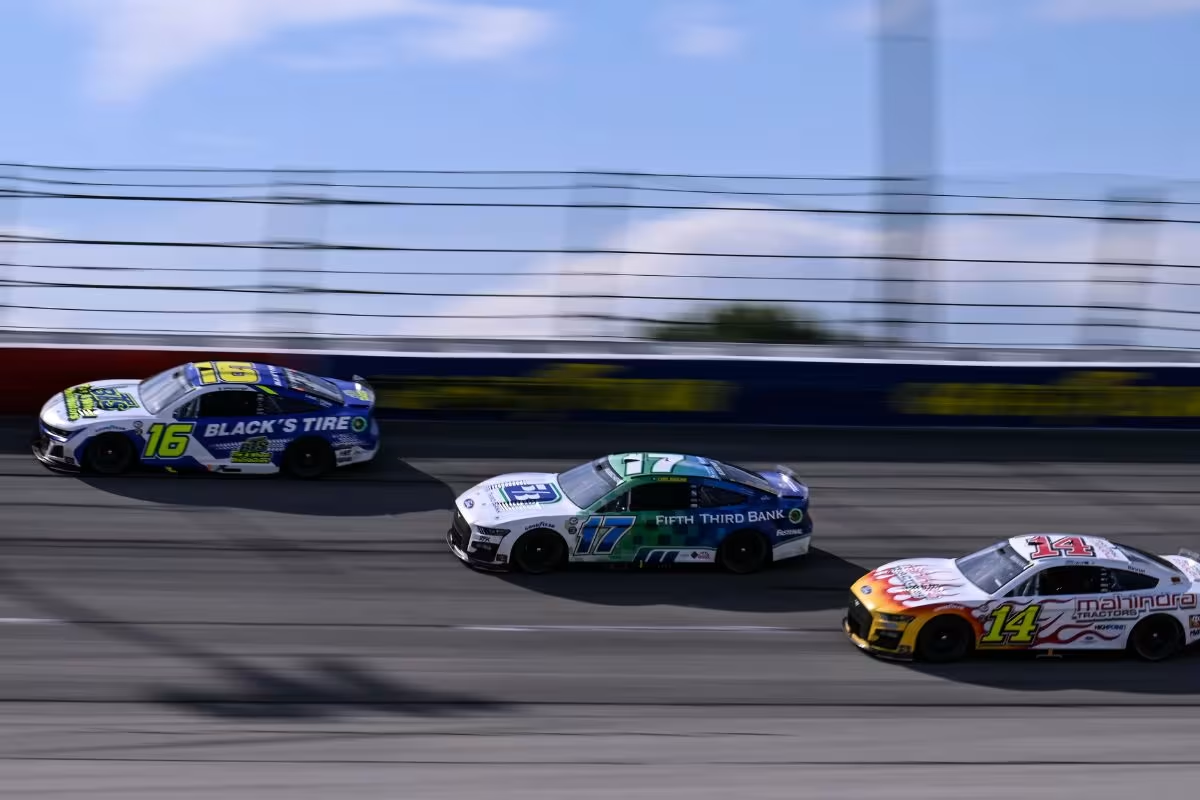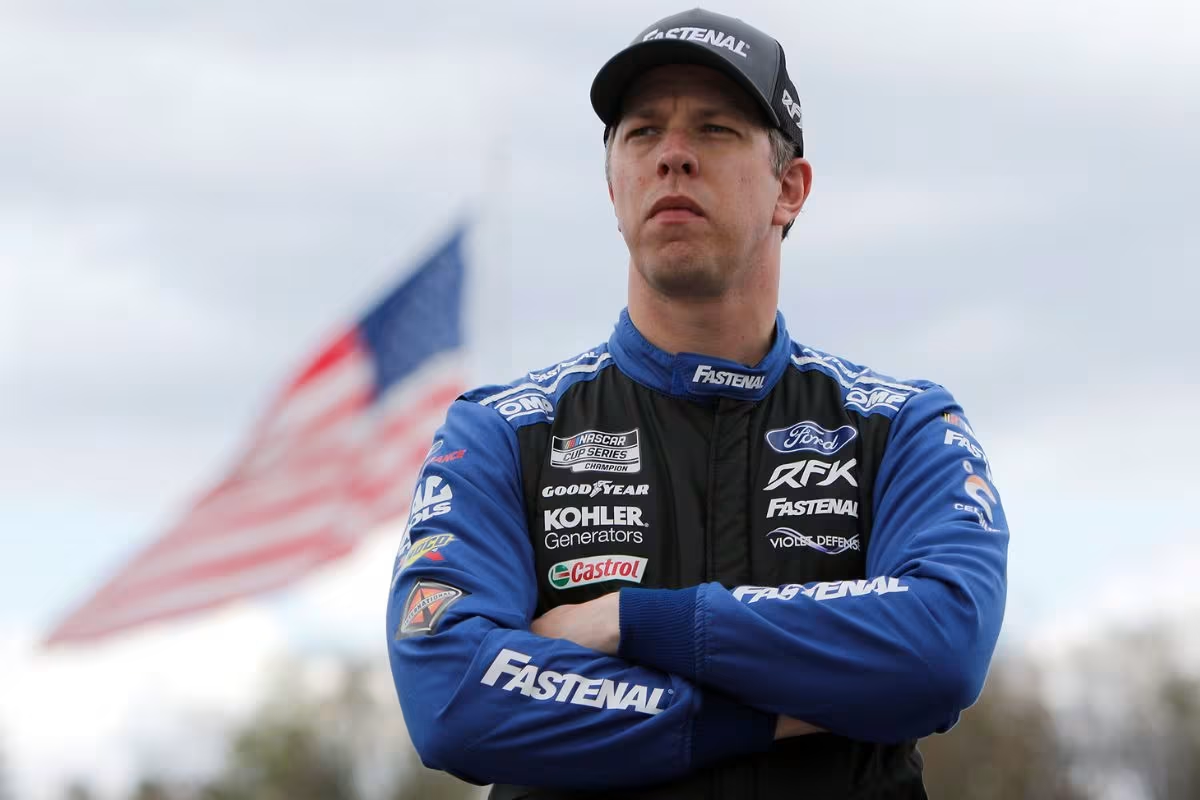Brad Keselowski’s Brutal Crash at Watkins Glen: Brad Keselowski‘s recent crash at Watkins Glen has reignited a critical conversation regarding driver safety in NASCAR, prompting intense examination from fans and analysts alike. While the NextGen cars are equipped with advanced safety features, the effectiveness of the roll cage in protecting drivers during high-speed impacts has come under fire. This incident not only highlights the inherent risks of motorsport but also raises pressing questions about the adequacy of current safety protocols. As discussions unfold, the implications for the future of driver safety standards become increasingly important. What changes could be on the horizon?
Key Highlights
- Fans were shocked by the severity of Brad Keselowski’s crash and raised concerns about driver safety in NASCAR.
- The incident highlighted ongoing discussions around the adequacy of current safety measures in motorsports.
- Despite the crash, the NextGen car’s reinforced roll cage demonstrated effective energy absorption and structural integrity.
- Many fans expressed outrage over perceived shortcomings in driver protection, demanding further safety improvements.
- The community engaged in discussions about the physics of crashes and the need for continuous innovations in safety protocols.
Overview of the Incident at Watkins Glen
The intensity of Watkins Glen International often leads to dramatic moments, and one such incident occurred during the recent race involving Brad Keselowski. In a high-stakes environment characterized by tight turns and competitive racing, Keselowski found himself in a precarious situation when he collided with fellow driver William Byron. This incident not only emphasized the inherent risks of the sport but also raised questions regarding driver safety standards.
The crash occurred amidst a series of incidents that marred the race, exemplifying the unpredictable nature of Watkins Glen. Despite the severity of the collision, which left both vehicles damaged, the resilience displayed by the competitors was significant. Keselowski’s No. 6 car, bearing the scars of the impact, remarkably managed to complete the race, finishing in 26th place. This outcome highlights the durability of the NextGen car design, which has been a focal point of discussion in the racing community.
However, the incident has prompted a broader discourse about the adequacy of safety measures in NASCAR. While many wrecked cars continued to compete post-collision, the safety of drivers remains a paramount concern. Fans and analysts alike have expressed outrage over the perceived lack of protective features within the cars, emphasizing the need for ongoing advancements in technology and design.
The dramatic moments at Watkins Glen serve as a striking reminder of the delicate balance between competition and safety in motorsports, compelling stakeholders to reflect on the implications of such incidents on future regulations and innovations.
Resilience of the NextGen Cars
One cannot overlook the remarkable resilience exhibited by the NextGen cars, especially in the wake of incidents like Brad Keselowski’s crash at Watkins Glen. The durability of these vehicles has become a focal point of discussion, particularly as they withstand notable impacts while maintaining structural integrity.
Following the crash, images of the wrecked but intact car surfaced, leaving fans in awe of the engineering skill behind the NextGen design.
The resilience of these cars can be attributed to several key factors:
- Advanced Materials: The NextGen cars incorporate high-strength materials that improve their ability to absorb and dissipate energy during a crash, reducing the likelihood of catastrophic failure.
- Reinforced Structure: The design includes a reinforced chassis that not only protects the driver but also guarantees the vehicle remains intact even after severe impacts, as evidenced by Keselowski’s incident.
- Aerodynamic Innovations: Enhanced aerodynamic features contribute to better handling and stability, allowing drivers to navigate high-speed situations more safely, thereby minimizing the risk of accidents.
In view of the challenges presented by Nascar racing, the NextGen cars stand out as a notable advancement in automotive safety and design.
As fans and professionals reflect on the aftermath of Watkins Glen, it is clear that the resilience of these vehicles provides reassurance in the ongoing pursuit of safety within the sport.
This resilience will certainly play a vital role in shaping future developments in race car engineering.
Safety Features of the Roll Cage
In NASCAR, the roll cage serves as a critical element of driver safety, meticulously engineered to withstand the extreme forces experienced during high-speed collisions. This robust framework is constructed from high-strength steel tubing, designed to create a protective cell around the driver. It plays a pivotal role in maintaining the integrity of the vehicle’s structure during an impact, as evidenced in Brad Keselowski’s recent crash at Watkins Glen.
During this intense incident against William Byron, the roll cage sustained considerable damage, becoming dented yet remarkably retained its shape. This resilience is a proof of the advancements in safety technology that NASCAR has integrated into the NextGen cars. The roll cage is not merely a structural component; it incorporates safety features such as supplementary bracing and reinforcement at critical junctures to absorb and dissipate crash energy effectively.
Furthermore, the design philosophy behind the roll cage highlights the importance of driver positioning and seatbelt anchorage, ensuring that the driver remains secure even in catastrophic scenarios. The roll cage’s ability to absorb impact forces while preventing the car from caving in is vital for minimizing injury risk.
As NASCAR continues to innovate and improve its safety protocols, the roll cage remains a cornerstone in the ongoing pursuit of driver protection. The events at The Glen have highlighted the efficacy of these safety features, reinforcing the commitment to safeguarding drivers in one of the most perilous motorsport environments.
NASCAR’s Commitment to Driver Safety
NASCAR’s steadfast dedication to driver safety is evident in its continuous evolution of vehicle design and safety protocols. The organization recognizes the inherent risks of high-speed racing and has made notable advancements, especially following critical incidents that have exposed vulnerabilities in car constructions.
In response to the near-catastrophic events involving drivers like William Byron and Brad Keselowski, NASCAR has prioritized the reinforcement of crucial components. Key initiatives include:
- Enhanced Roll Cage Fortification: Following Kyle Larson’s harrowing crash at Talladega, NASCAR took immediate action to strengthen the integrity of the roll cage, ensuring that it withstands extreme impacts and maintains structural integrity.
- NextGen Car Modifications: The introduction of the NextGen car has ushered in a new era of safety features, designed to absorb and dissipate energy during collisions. These modifications aim to limit the risk of injury by providing better protection to drivers in high-speed scenarios.
- Ongoing Safety Testing and Research: NASCAR is committed to a rigorous testing regime that evaluates car performance under different crash conditions. This research informs future design decisions and safety standards, ensuring that lessons learned from past incidents are incorporated into ongoing improvements.
The recent incident at Watkins Glen serves as a vivid reminder of the dangers drivers face.
Nevertheless, NASCAR’s proactive approach to safety highlights its commitment to protecting its athletes, continually working for a safer competitive environment.
Fan Reactions and Discussions on Safety
Numerous fans have taken to social media to express their astonishment at the performance of the NextGen cars following Brad Keselowski’s recent crash at Watkins Glen. The images circulating on platforms like Reddit reveal the remarkable integrity of the roll cage, which sustained minimal damage despite the high-speed collision. Fans have engaged in detailed discussions, analyzing the physics behind the car’s performance during the crash.
[Brad Keselowski on X] Big dent. Credit where it’s due, this area is very safe.
byu/NASCARology inNASCAR
“Was just about to post this myself, glad someone else did, because these pictures are pretty damn amazing. A 3400-pound car hit the roll cage right at a potential point of failure and only created that small ding. Like the car or hate it, but it’s definitely very safe.”
“The physics of it is absolutely remarkable,”
“Big credit to NASCAR. I’d be interested into seeing how the roll cage on the Gen 6 would’ve reacted compared to the Next Gen.”
“It would have still withstood the hit but you probably would see a larger dent.”
“Terrifying scenario that crash was. Car hurdling right at the drivers window…yikes.”
-(fan reactions)
While opinions about the NextGen cars vary, a consensus has emerged regarding their safety improvements. Fans noted that the design effectively mitigated potential injuries, even when the situation appeared dire. One fan remarked on the contrast between the NextGen and Gen 6 cars, suggesting that while both had strong safety features, the newer models exhibited superior resilience during extreme conditions. This collective analysis highlights the importance of continuous advancements in NASCAR safety, affirming the community’s appreciation for the measures taken to protect drivers like Keselowski.
News in Brief: Brad Keselowski’s Brutal Crash at Watkins Glen
The incident involving Brad Keselowski at Watkins Glen serves as a crucial reminder of the ongoing challenges in ensuring driver safety within NASCAR. Despite the advancements in technology and safety features of NextGen cars, the reaction from fans highlights a collective demand for improved protective measures. This event has ignited essential conversations surrounding the effectiveness of current safety protocols, stressing the necessity for continuous evaluation and improvement to prioritize driver well-being in the high-stakes environment of motorsports.
ALSO READ: Brad Keselowski’s Emotional Post-Race Confession: “We’ll Come Back” After NASCAR Playoff Exit



